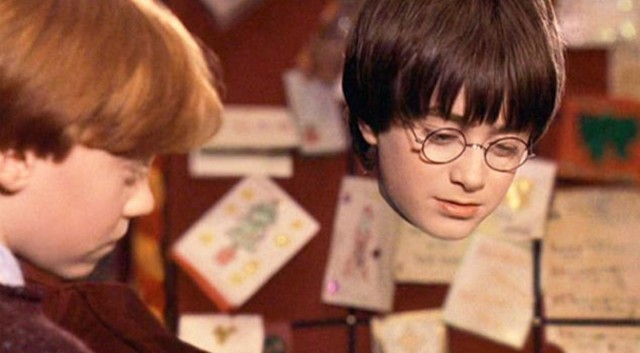
The invisibility cloak is now a reality with researchers of a new study demonstrating the effectiveness of one such cloak that is thin, scalable and adaptive to different types and sizes of objects.
Have you seen the Harry Potter movie where the young wizard sports an invisibility cloak? Have you always wanted one of those to sneak up on your friends or get up to some harmless mischief? Well! Your wish may have just come true because such a cloak is no more just a science-fiction but a reality, reports a new press release.
Researchers from The Edward S. Rogers Sr. Department of Electrical & Computer Engineering recently demonstrated an effective invisibility cloak that is thin, scalable and adaptive to different types and sizes of objects.
"Our active cloak is a completely new concept and design, aimed at beating the limits of [current cloaks] and we show that it indeed does," said Prof Andrea Alu, from the University of Texas at Austin. "If you want to make an object transparent at all angles and over broad bandwidths, this is a good solution. We are looking into realising this technology at the moment, but we are still at the early stages."
However, a BBC report revealed that this cloak can only conceal objects at specific wavelengths of light. An object becomes visible to the eye because light waves first hit the object and then bounce back. Similarly, when radio waves hit the object, they too bounce back, making the object detectable by radar detectors. In the new system, researchers George Eleftheriades and Michael Selvanayagam covered the object in a layer of tiny antennas that cancels out any waves that bounces off the object, making the object undetectable to radar.
Take for example a pen. When light waves bounce off the pen, it hits your eyes, making the object visible to you. The same goes for radar waves. However, with the researchers' new "invisibility cloak", the system cancels out any waves that would bounce back to a radar detector, rendering the object undetectable.
"We've taken an electrical engineering approach, but that's what we are excited about," said Eleftheriades. "It's very practical. We are looking into realizing this technology at the moment, but we are still at the early stages."
Such a clock could have its applications in eliminating obstacles in addition to military, microscopy, biomedical sensing, and energy harvesting devices.

















